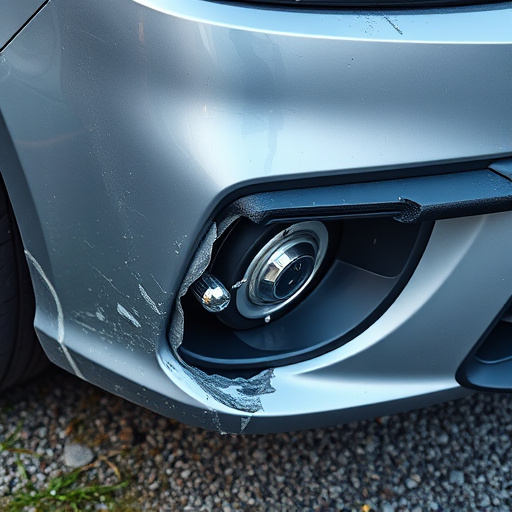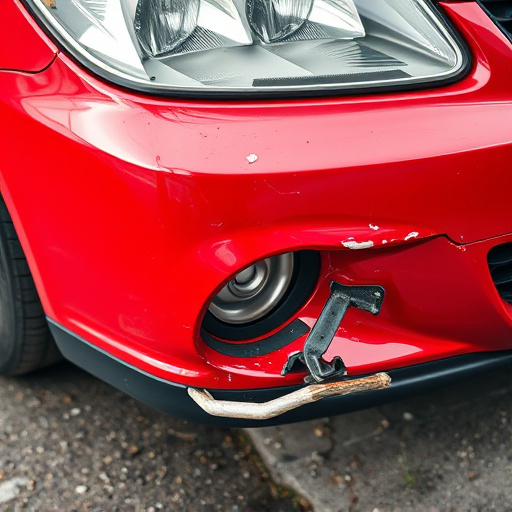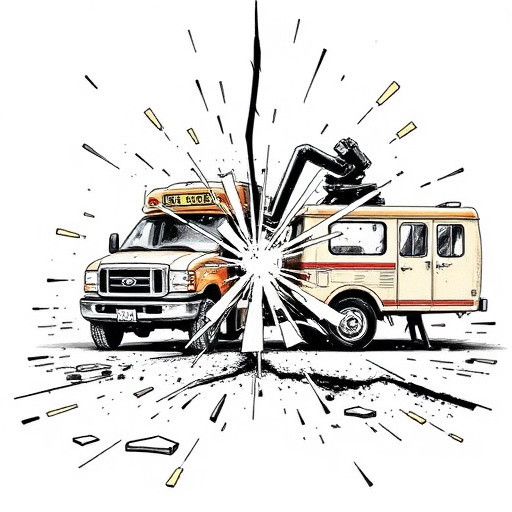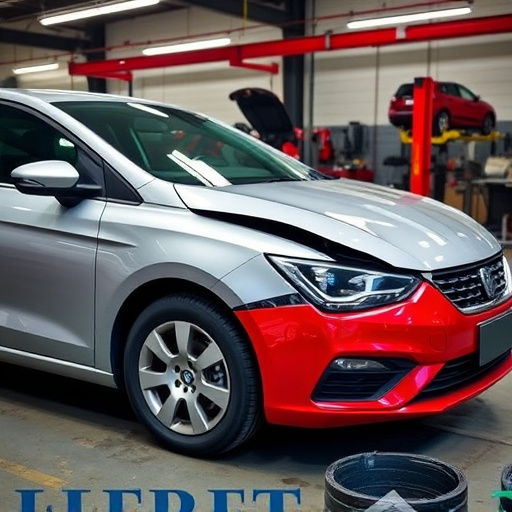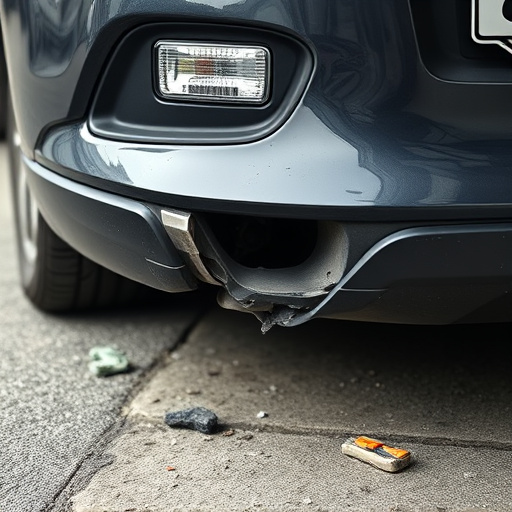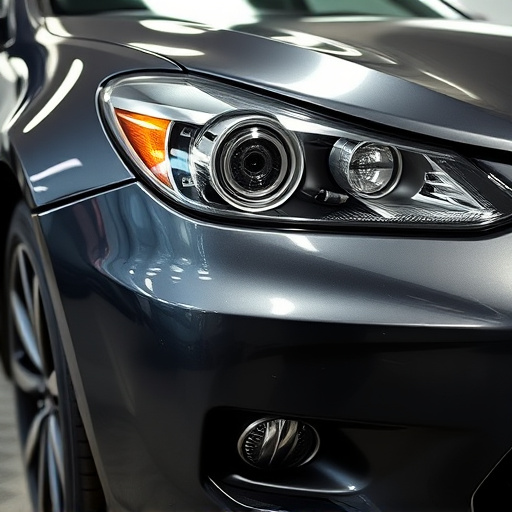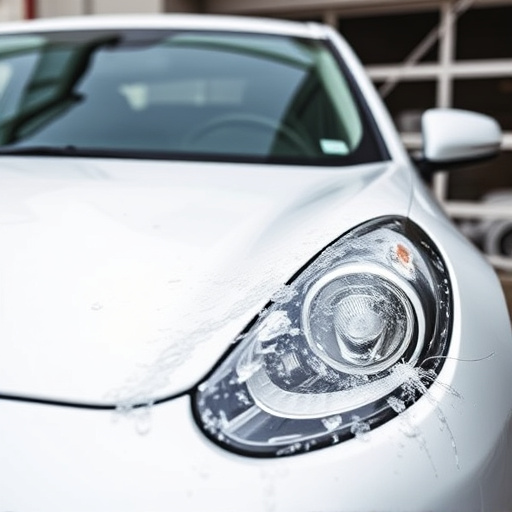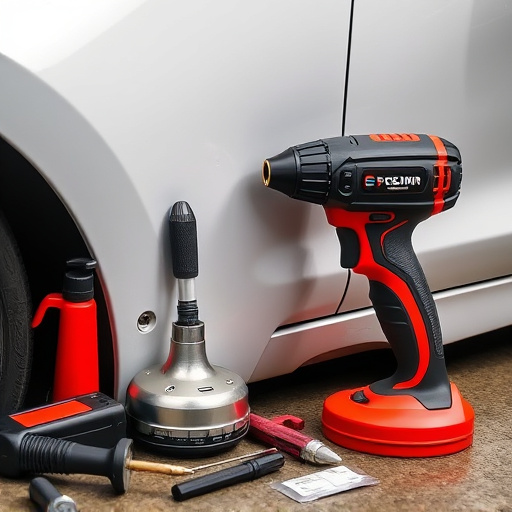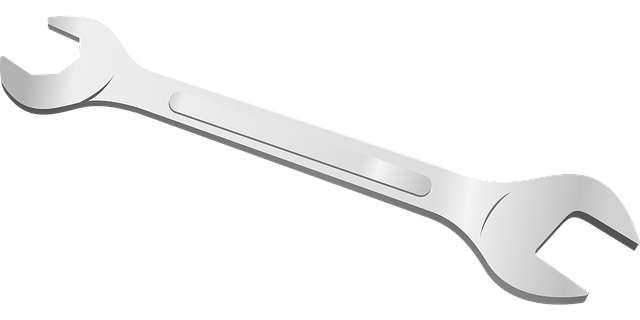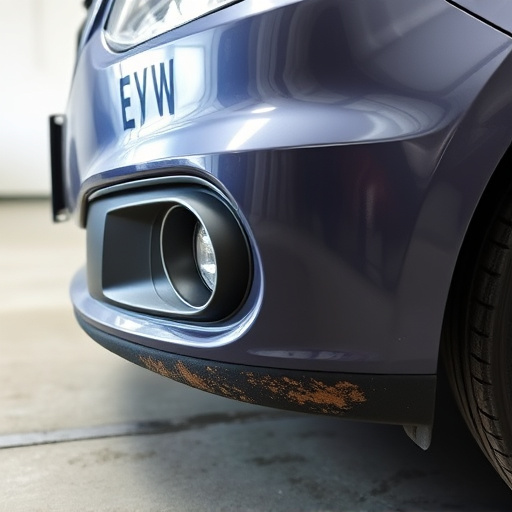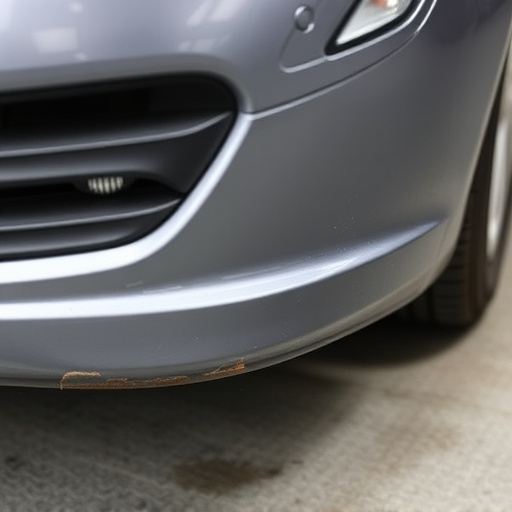Domestic auto body repair has evolved from manual labor to advanced technology, increasing efficiency and precision. This transformation has made car maintenance more accessible and affordable for owners, empowering them to handle smaller repairs or access competitive services from independent shops. The industry now meets higher safety and quality standards due to strict regulations and specialized training, ensuring structural integrity and enhanced vehicle resale value.
“The landscape of automotive maintenance has undergone a profound metamorphosis thanks to advancements in domestic auto body repair. This evolution has not only revolutionized the business but also transformed how vehicle owners approach their vehicles’ upkeep. From the humble beginnings of traditional repair methods, domestic auto body repair has grown into a sophisticated symphony of techniques and tools. This article explores the three key aspects that have forever changed the industry: the evolution of techniques and tools, its impact on accessibility and affordability, and the enhancement of safety and quality standards.”
- Evolution of Techniques and Tools
- Impact on Accessibility and Affordability
- Enhancing Safety and Quality Standards
Evolution of Techniques and Tools
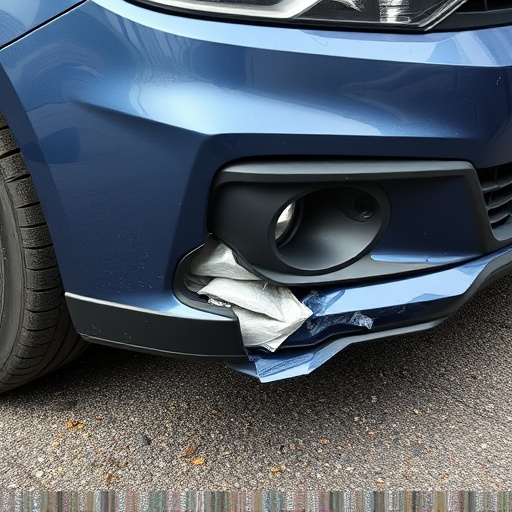
The evolution of domestic auto body repair techniques and tools has been a testament to the industry’s adaptability and innovation over the years. In the past, repairs were often labor-intensive, with skilled technicians using traditional methods such as hammering and filing to straighten panels and restore damaged cars to their former glory. These techniques required immense manual precision and expertise.
With advancements in technology, the process has undergone a remarkable metamorphosis. Modern auto body repair now incorporates sophisticated tools like computer-aided design (CAD) software, robotic welding machines, and advanced paint spraying systems. These innovations have not only increased efficiency but also enabled more precise and complex repairs. A fender bender that once required extensive metalwork can now often be restored with minimal damage thanks to these advancements in car body restoration techniques.
Impact on Accessibility and Affordability
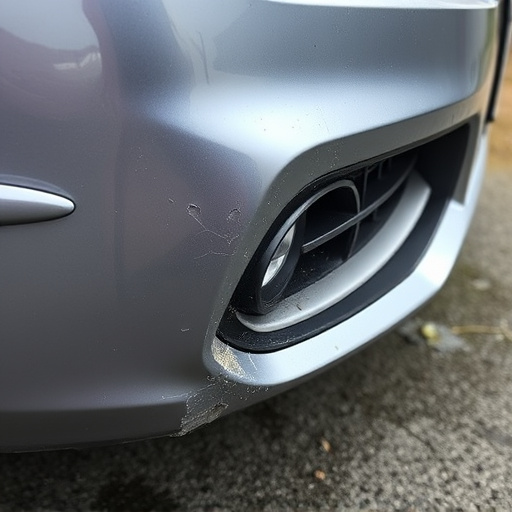
The advent of domestic auto body repair has significantly reshaped the automotive industry, particularly in terms of accessibility and affordability. With advancements in technology and a surge in specialized training programs, individuals now have more options when it comes to fixing their vehicles. This shift has democratized car maintenance, allowing owners to take on smaller repairs themselves or access affordable services from independent shops, previously a domain reserved for luxury vehicle repair facilities.
As a result, the barrier to entry for auto body work has been lowered, leading to increased competition and, ultimately, better prices for consumers. Services like frame straightening and bumper repair, once considered exclusive to major dealerships, are now offered by numerous specialized shops. This competitive landscape encourages businesses to innovate, offer tailored solutions, and maintain high standards, ensuring customers receive quality repairs at reasonable rates without compromising on safety or aesthetics.
Enhancing Safety and Quality Standards
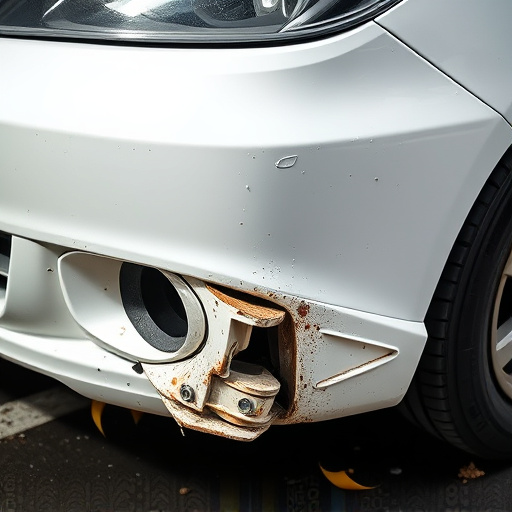
The evolution of domestic auto body repair has been a game-changer, not just for the industry but also for consumers. One of the most significant impacts lies in the enhancement of safety and quality standards. As technology advanced, so did the techniques and equipment used in auto body repair. Modern tools allow for more precise work, ensuring that vehicles return to their original structural integrity. This meticulous attention to detail not only preserves the vehicle’s safety but also its resale value.
Moreover, the integration of advanced training programs and stricter regulations has elevated the quality of automotive repair services. Technicians now have access to specialized knowledge in areas such as frame straightening, panel replacement, and paint restoration. This expertise results in better collision repair outcomes, minimizing the risk of future structural issues. With a focus on safety and quality, domestic auto body repair has set new benchmarks, raising the bar for excellence across the industry.
Domestic auto body repair has undergone a remarkable transformation, revolutionizing the industry landscape. Through advancements in techniques and tools, accessibility and affordability have improved significantly. Higher safety standards and quality assurance ensure that vehicles are restored to like-new conditions, providing peace of mind for car owners. This evolution not only benefits consumers but also fosters a more sustainable and efficient automotive sector.
